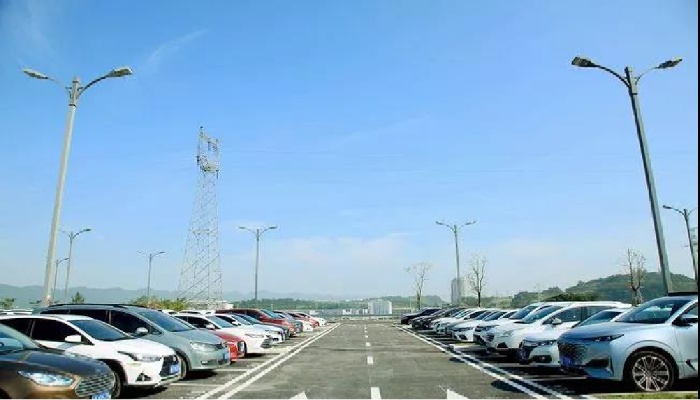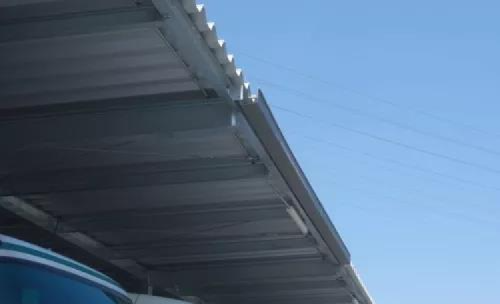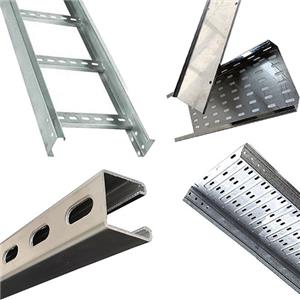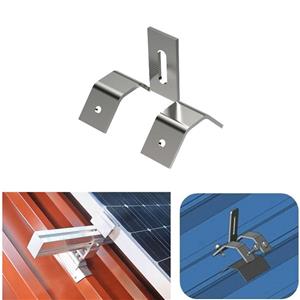Both practical and economical —— public parking for solar roof in Japan

01 Public parking lot of Japan Transport Corporation
A large bus parking lot in a city of Thursday, Triple Prefecture, Japan, has solar panels and an output of about 457 kilowatts.This roof with such solar panels is not common in parking lots for large buses.
The solar power system, at the Fourth municipal office in Triple County, was developed and operated by Triple Transportation, and has been about four and a half years since it began selling power in June 2017.In addition to the fourth city business, Zhongsheng business in Tianjin and Yihe in zhang also installed solar panels on the roof of the parking lot.The total output of the three PV plants is about 1.6 MW.

At that time, a wholly owned subsidiary of JFE Engineering timely proposed solar panels for the installation on the roof of a large bus parking lot, which handled the engineering, procurement and construction services at the three sites.All business houses are equipped with Solar Frontier-made CIS composite solar panels, which produce considerable electricity output per unit.
02 The pros and cons of using a solar roof
The photovoltaic roof of large buses improves the operability of vehicle inspection and maintenance, and reduces the energy consumption of air conditioning in the car. In addition to the supply of the vehicle, the remaining power produced can also be connected to the grid, which not only has considerable benefits, but also alleviates the pressure of urban electricity.The shed for vehicle shading and shelter can also generate electricity, realizing a win-win situation of social and environmental benefits.
However, photovoltaic roofs are expensive to install.And the photovoltaic roof needs to be placed to support the roof, and the number of parked buses in each area is less.As a result, Triple Transportation sold electricity through the FIT system, recovering the construction costs of the new roof.For Triple Transportation, combining the solar power business with the parking lot roof installation solves the cost burden problem, which has a great advantage in its main business.So far, the power generation of the three roofs has been in good condition, and the Yihe business plant is even increasing year by year due to the good weather conditions.
In addition, the photovoltaic roof also has a lot of convenience.First, the roof makes it easier for bus drivers to perform routine inspections.When you snow, installing anti-skid chains under the roof will not be affected by bad weather such as rain and snow.With snow or frost, remove front and side windows and frost before starting the car.This problem is also solved with the setting of the roof.The roof was also fitted with light lights.In early morning in the winter, or foggy days with low visibility, these lights increase the visibility of the inspection work.It also makes it easier to check items left in the bus after the night service returns to the parking lot.
Second, the photovoltaic roof shortens the time that the bus must turn on the air conditioning before departure.In extreme cases of high summer and low winter temperatures, buses must turn on air conditioning or heat before starting and carrying passengers.The roof above the parking lot adds warmth and reduces the change in temperature inside the car.It can reduce the energy consumption of heating and cooling and save fuel costs.The system also reduces the number of car washes, as it prevents the body from being dirty by dust and rain when parked, which will also help protect the integrity of the paint.

On the other hand, the construction of photovoltaic roofs also faces some challenges.For example, when it rains, it flows down the south side of the roof.In heavy rain, the pooled water runs down like a waterfall.To solve this problem, rain tanks have been installed in some places to prevent rain from pouring rain wet in drivers walking under the roof, and to prevent rain accumulation.
03 The solar roof in public parking lots has begun to take shape
Both in Japan and China, the solar roof in public parking lots has begun to take shape. It has good heat absorption, convenient installation and low cost. It makes full use of the original site and can provide green energy.The construction of photovoltaic sheds in factory parks, commercial districts, hospitals and schools can solve the problem of high temperature in summer in open-air parking lots.As electric cars gradually replace traditional cars, photovoltaic carport has gradually become a necessary choice.
Not only the parking lot for buses, but Shanghai even has a solar roof for the subway parking lot. Behind Shanghai's busy subway Line 2, about 50,000 square meters of photovoltaic roof is covered with nearly 13,000280-watt solar panels.The photovoltaic power generation project of Metro Longyang Road Base was connected to the grid in December 2019, with an average annual power generation of 3.4 million degrees, an average annual saving of 1,200 tons of standard coal, and carbon dioxide emission reduction of 3,390 tons.
Germany has even introduced laws forcing photovoltaic roofs in parking lots.The Berlin House of Representatives passed the Solar Energy Act in June 2021, stipulating that from 2023, the city of Berlin will force photovoltaic systems on the new roof, residential and major roof renovation of non-residential buildings.Failure to comply with the regulation leads to a fine of up to EUR 10,000.Badenfutenburg stipulates that starting from January 1,2022, all newly applied non-residential buildings in the state must be equipped with photovoltaic systems, including non-public parking lots.
As a new way of power generation, the solar roof of the public parking lot is also the future development trend. Roof power generation is different from the traditional centralized ground photovoltaic power generation. It has the characteristics of miniaturization and dispersion, which is economical, efficient and reliable.At present, countries all over the world are striving to achieve the goal of carbon neutrality. With the progress of technology and the popularization of green development concept, the future development of photovoltaic power generation is worth looking forward to.
This news sourced from: PV JAPAN BRIDGE




